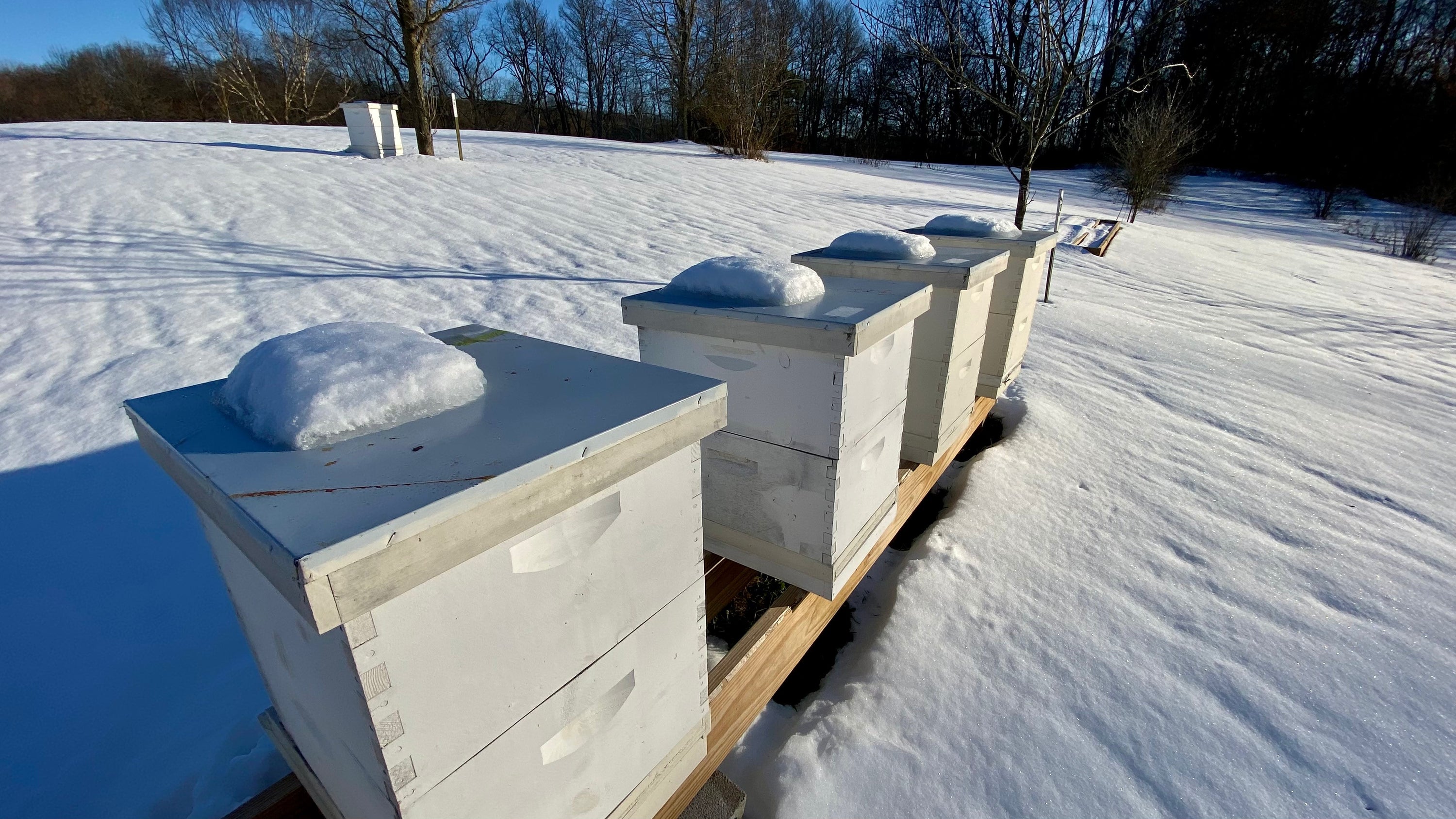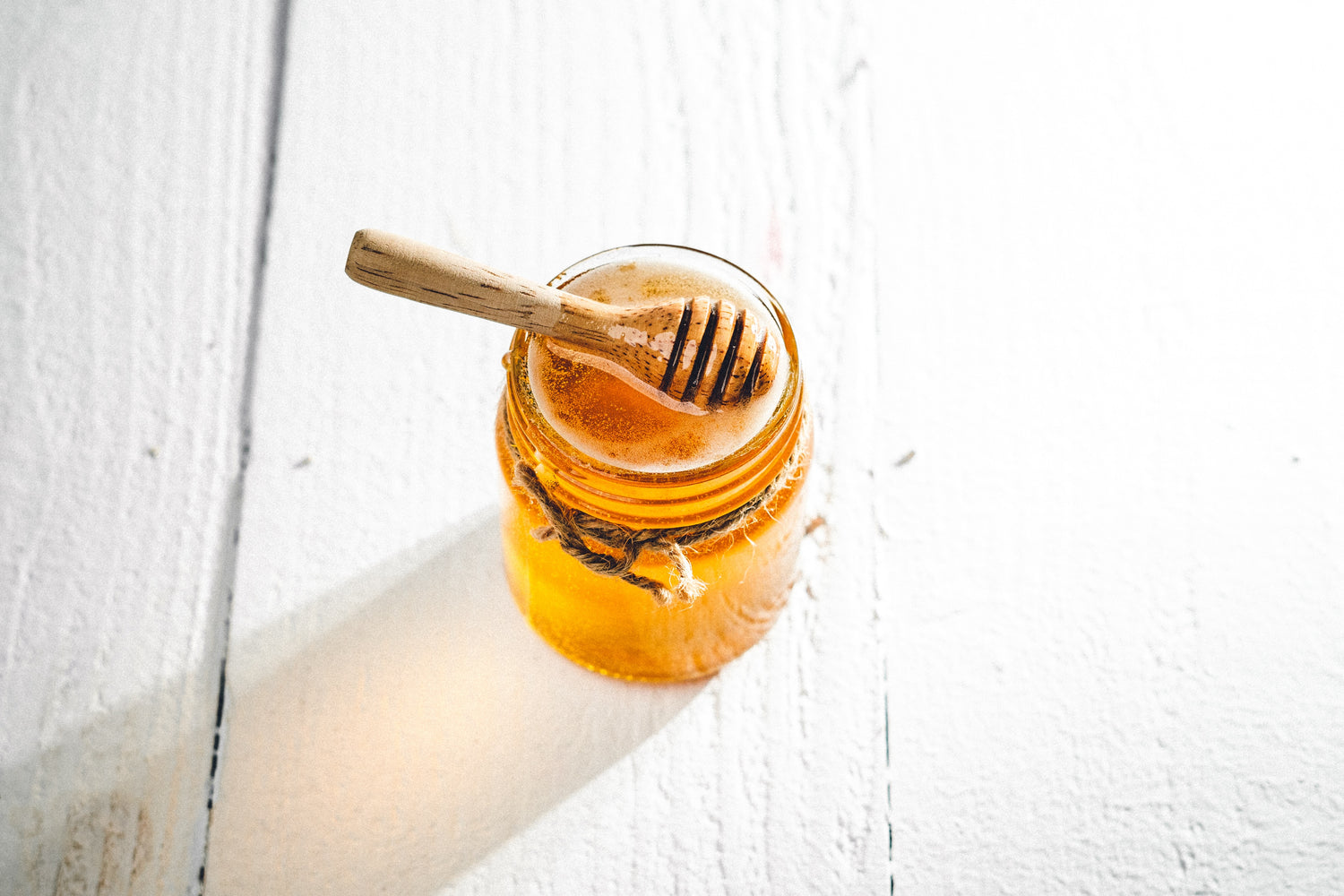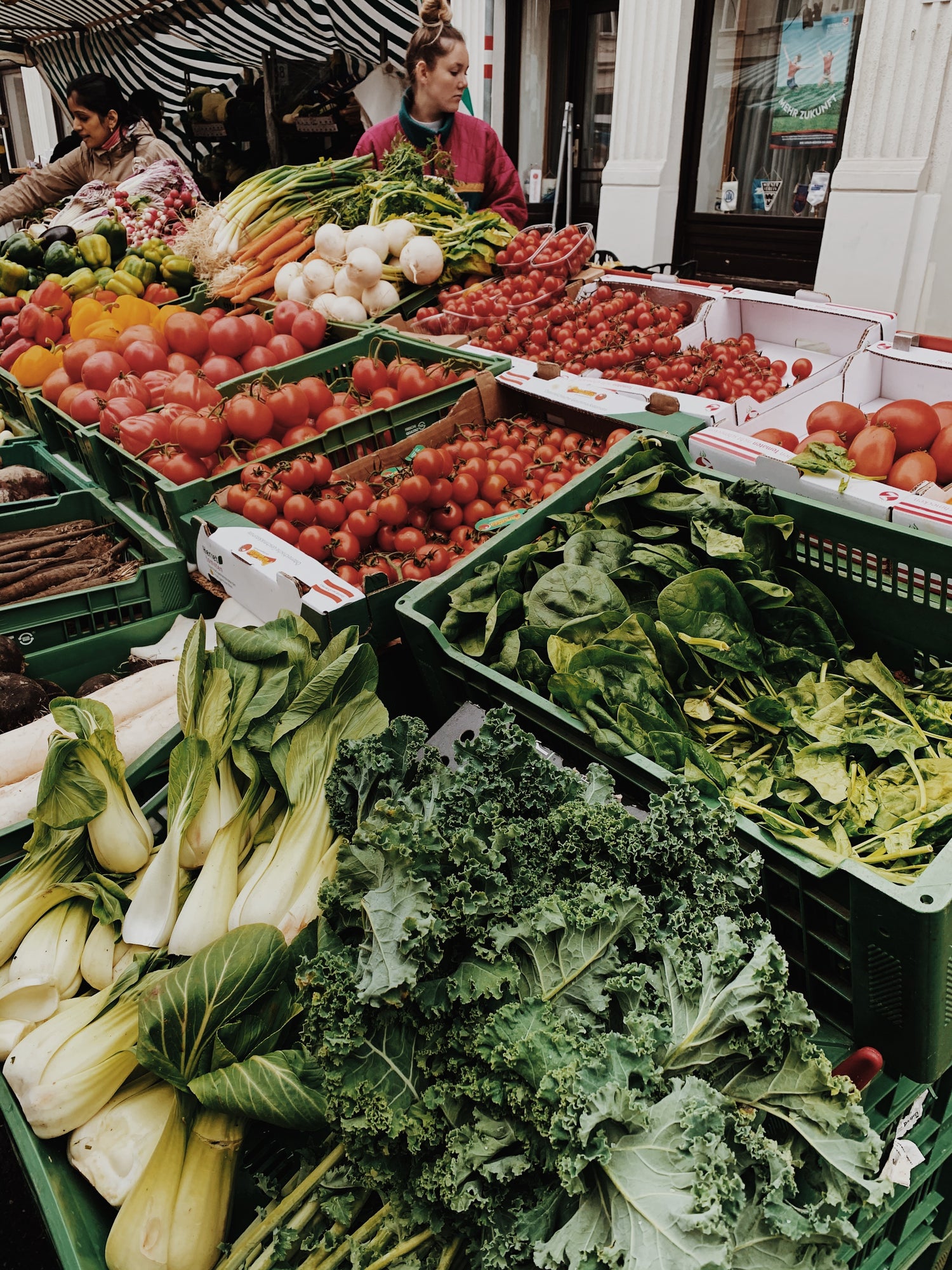The recent annual survey, a collaborative effort between the University of Maryland and Auburn University, has brought to light a deeply concerning trend within the beekeeping community, revealing the second-highest recorded death rate for America's honeybee hives. Beekeepers have found themselves grappling with substantial challenges, witnessing the loss of nearly half of their carefully managed colonies during the surveyed period. In response to this crisis, beekeepers across the nation have displayed resilience in the face of adversity, adopting formidable and costly measures to establish new colonies.
The comprehensive survey, spanning until April 1, highlights the severity of the situation as it indicates a staggering 48% loss of colonies during the specified year. Despite this significant setback, a notable aspect emerges—the total number of honeybee colonies in the United States has somehow managed to "remain relatively stable," a testament to the persistent efforts of beekeepers in mitigating the impact of these losses.
Honeybees, serving as essential pollinators, occupy a pivotal role in our food supply by contributing to the growth of more than 100 crops, including nuts, vegetables, berries, citrus fruits, and melons. The survey's findings illuminate the intricate interplay of various factors that contribute to the ongoing decline in honeybee populations. Among these factors are the detrimental impact of parasites, the pervasive use of pesticides, instances of starvation, and the far-reaching consequences of climate change.
In a comparative analysis, the 48% annual loss marks a noticeable increase from the preceding year's figure of 39% and exceeds the 12-year average of 39.6%. Although this is a cause for concern, it falls marginally below the alarming 50.8% mortality rate recorded in the 2020-2021 period. The survey, meticulously sponsored and conducted by the nonprofit research group Bee Informed Partnership, casts a spotlight on the alarming trajectory of honeybee health in the United States.
Beyond the stark percentages, it becomes imperative to delve into the tangible numbers that drive the beekeeping industry. The United States currently boasts a significant number of active beehive colonies, serving as vital contributors to the agricultural ecosystem and ensuring the crucial pollination of crops. However, in the aftermath of the 48% loss during the winter under review, it is crucial to closely scrutinize the remaining count of active beehive colonies. This scrutiny is essential for comprehending the full extent of the impact on honeybee populations and understanding the potential repercussions on our intricate and delicate food supply chain.
Beekeepers, integral guardians of bee colonies, shared their insights in the survey, highlighting that a 21% loss over the winter is generally considered acceptable within industry standards. However, a notable majority, comprising more than three-fifths of the surveyed beekeepers, reported losses surpassing this threshold. These compelling findings underscore the urgent need for sustained and comprehensive efforts to address the multifaceted challenges faced by honeybees.
Moreover, these findings emphasize the pivotal role of beekeepers, not only in mitigating losses but also in actively contributing to the revitalization and conservation of honeybee populations—a mission that safeguards a crucial link in our agricultural chain and reinforces the interconnectedness of nature, agriculture, and human sustenance. As the challenges persist, it becomes increasingly apparent that collective and dedicated efforts are essential to ensure the survival and thriving of these indispensable pollinators.





